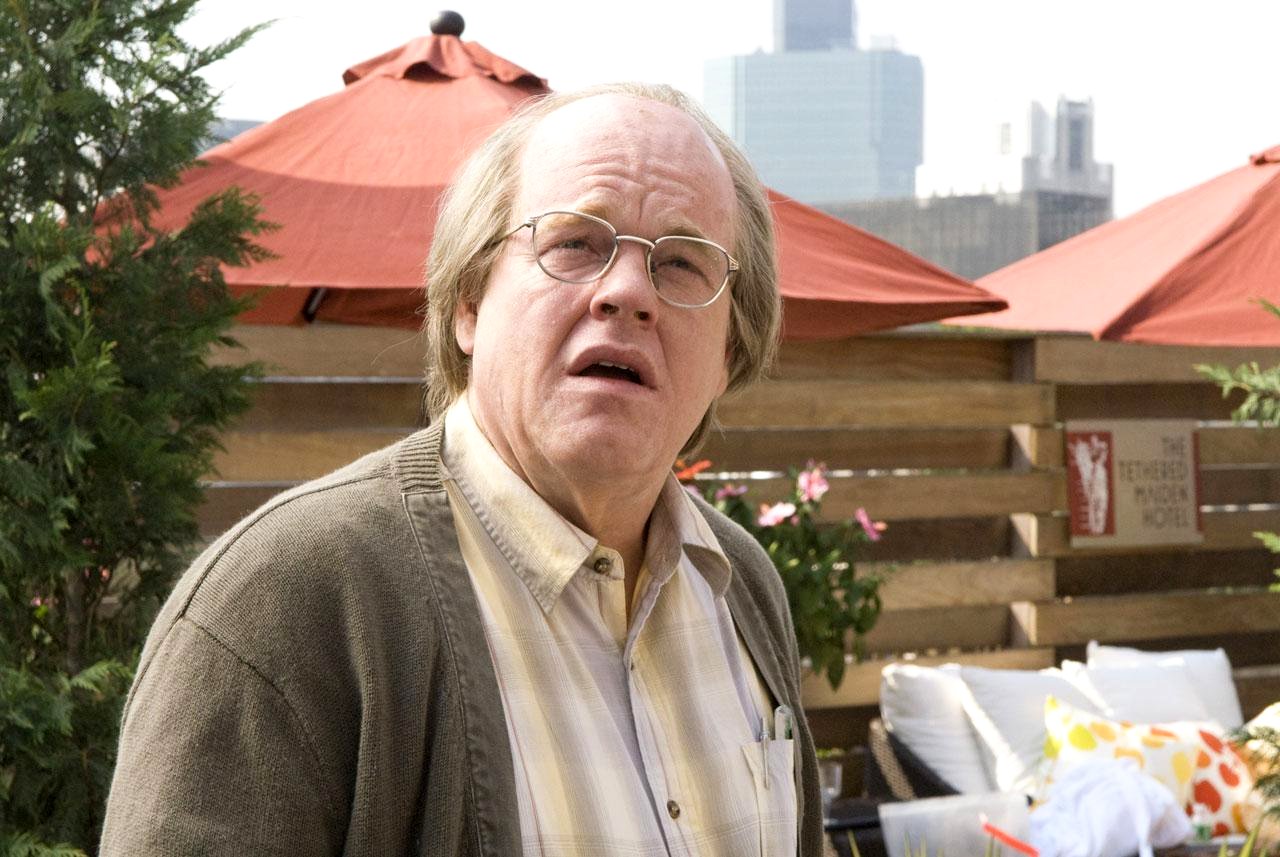
A certain subset of critics and cinephiles defends the screenplay as the most essential aspect of filmmaking. It is, they argue, the foundation upon which the entire movie is constructed and, if it’s not solid, the whole thing will simply fall down.
There’s certainly some merit to the appreciation of the writer’s job and how it kickstarts the complex process of cinematic storytelling, but as anyone who has seriously studied film theory knows, a script by itself is nothing but a piece of paper – its ultimate fate and perceived quality is completely dependent on the execution of the director. Meaning, a great screenplay can result in a terrible movie, just as a mediocre piece of writing can originate from a great film.
This is something screenwriters themselves know – so much so that some of them demand to get behind the camera to assure their work properly translates to the screen. Here are 10 times that a screenwriter turned to directing to excellent effect.
10. Johnny Got His Gun (1971, Dalton Trumbo)
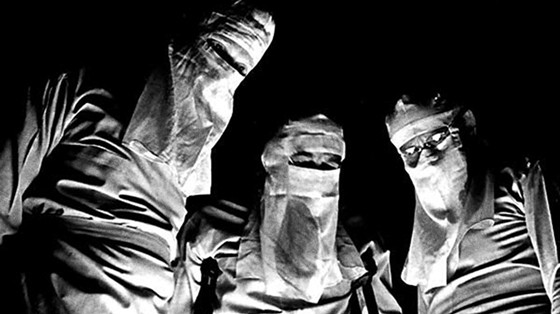
Dalton Trumbo is one of the most notable screenwriters in Hollywood history, not in small part due to his notorious personal tribulations, having been a target of McCarthyist persecution for his communist beliefs – which landed him on the dreaded Blacklist. All that aside, however, Trumbo’s towering body work by itself would already have been enough to earn him a place in the pantheon of cinematic legends – he penned, among many others, “Roman Holiday” and “Spartacus.”
“Johnny Got His Gun” is the only time he stepped into the role of director, a move that demonstrates his attachment to and unique passion for the material. Based on his novel, Trumbo tells the story of a young soldier who comes back from World War I severely mutilated — no eyes, ears, nose, tongue, arms or legs — so bad is his shape that the doctors consider him braindead. Unfortunately, however, the man is very much conscious, but unable to communicate in any way – and with nothing left to do, he reminisces and hallucinates about his life.
Cinematic depictions of war, even when made with anti-conflict intentions, tend to fall on what Sam Peckinpah deemed “recruitment pictures” – that is, even when detailing tragedy, filmmakers can’t help but find spectacle in the battles or glory in the character’s sacrifices.
That’s not the case with Trumbo and “Johnny Got His Gun”: this is one of the most unambiguously pacifist movies ever made, dripping with righteous moral outrage in every scene. Sometimes it’s done an overly simplistic way, true, but Trumbo’s vision is so fundamentally earnest that it feels appropriate.
9. Body Heat (1981, Lawrence Kasdan)
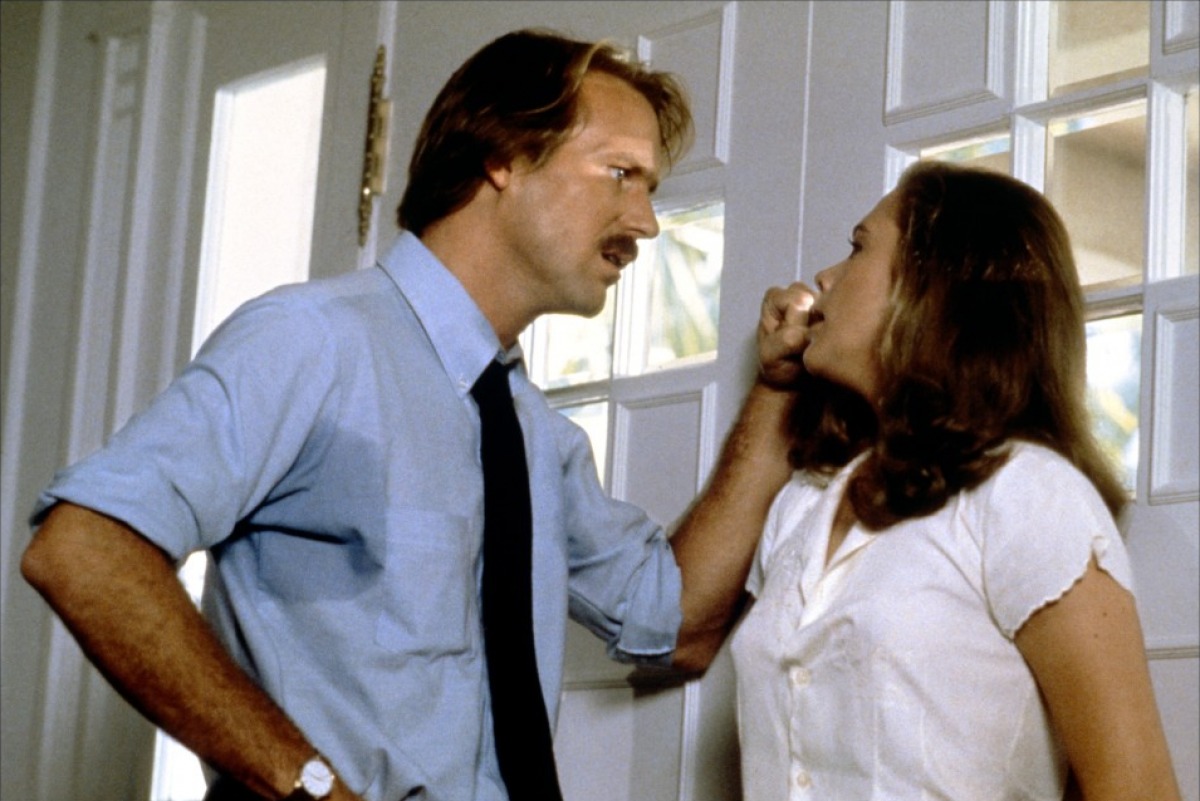
It’s difficult to imagine a more radical left turn for a directorial debut than what Lawrence Kasdan did with his. His very first (officially credited) screenplay was an immediate triumph: writing the sequel to the world’s biggest movie, “Star Wars.” And after “The Empire Strikes Back,” does he continue with the family friendly fair? Of course not – he makes one of the steamiest erotic thrillers of the ‘80s with his “Double Indemnity” homage “Body Heat.”
The plot is standard noir potboiler, involving the obligatory femme fatales, morally dubious protagonists, and bloody betrayals. More specifically in this case, it concerns a lawyer’s (played by William Hurt) affair with a mysterious married woman (Kathleen Turner, in a star-making turn), who hopes to get his help to murder her husband.
Kasdan doesn’t deviate or subvert the noir formula with this movie; he seems interested in making a genuine example of the genre. What he does that makes “Body Heat” distinct from the predecessor it so desperately tries to emulate is the writer/director’s boldness in bringing to the forefront all that which filmmakers from the ‘40s and ‘50s were forced to merely imply and suggest, due to the restrictions of the Hays Code. So, whilst all film noir is necessarily entrenched in sexuality (and in particular its relation with violent desires), this movie makes that the centerpiece of the narrative – and it features still, to this day, some of the best sex scenes in cinema.
8. Ex Machina (2014, Alex Garland)
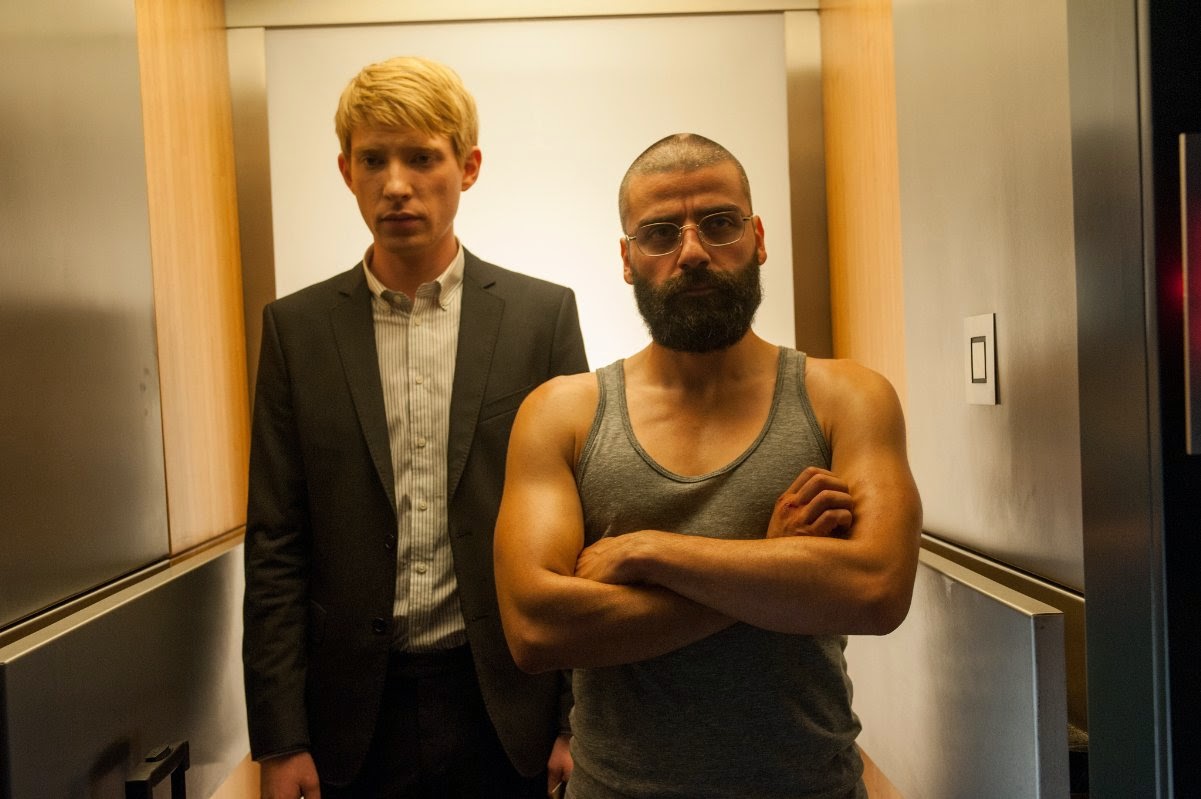
Alex Garland spent years as one of the industry’s foremost sci fi scribes, writing the original screenplays of “28 Days Later,” “Sunshine” and “Dredd,” not to mention the adaptation of Kazuo Ishiguro’s iconic sci-fi novel “Never Let Me Go.” His directing debut was, therefore, a natural step forward, since “Ex Machina” not only encapsulates all the elements that made his work interesting, but also enhances them – it demonstrates, in all filmic elements, an artist finally in full control of his vision.
If you’re a cinephile who was alive in 2015, there’s a good chance you already know the plot of the movie, but just in case: a young programer (Domhnall Gleeson) is selected to participate in a highly secretive experiment by one of the world’s most renowned and mysterious scientists (Oscar Isaac). Upon arriving at the man’s opulent house, the programer discovers he’s tasked with what amounts to the most complex Turing Test ever attempted, in which he’ll conduct a series of interviews with an AI named Ava (Alicia Vikander) to determine whether her consciousness is equal to a human’s.
Artificial intelligence is one of the most foundational themes/tropes in all of science fiction, present in literature since the very infancy of the genre. So it’s particularly impressive that Garland manages to take the story into genuinely clever and new paths, slowly progressing the narrative from philosophical preoccupations with the nature of technology to reveal an eminently human story of masculinity in crisis and the effects it has on women.
It’s naturally a feat of writing, conceptually and structurally flawless, but perhaps most impressive of all is how adept at directing Garland immediately proves himself to be. No matter how intelligent the script, the story wouldn’t have worked in the hands of someone with less control over the tone and atmosphere – not to mention his skill with actors.
7. Nightcrawler (2014, Dan Gilroy)
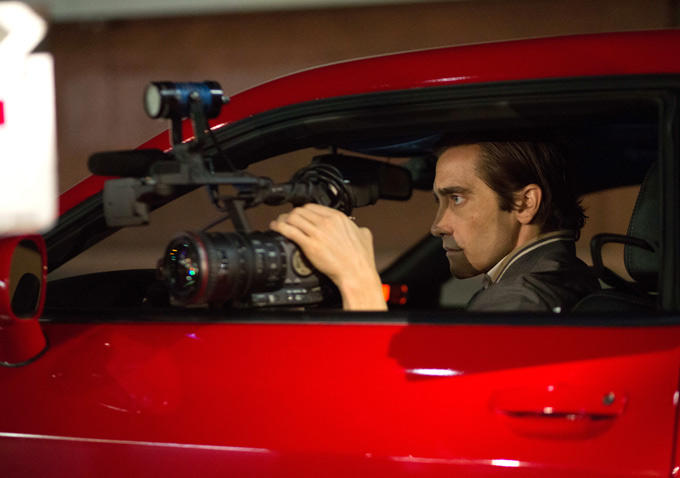
If Lawrence Kasdan took a hard turn left from his screenwriting career to his directing debut, and Alex Garland’s went in a natural progression from what he already was known for, then Dan Gilroy lies somewhere in the middle. He had a mildly successful run as a scribe for all manner of B-genre movies, from “Freejack” to “The Fall.” If most of his screenplays felt like a gun-for-hire type of deal, a lot of them also demonstrated, around the edges of their many flaws, an interesting voice in search of an opportunity to properly demonstrate itself.
And “Nightcrawler” was exactly that: a refreshingly original take on the crime thriller that echoes, in style and tone, the classics from ‘70s New Hollywood, but also finds its own unique spin on the anti-hero narrative – as well as having a very modern commentary on society.
Starring, of course, Jake Gyllenhaal in what is surely one of the most instantaneously iconic performances of the 2010s, the movie chronicles the rise to power of a petty criminal who finds his life calling as a news cameraman specializing in all things gruesome and sensationalist, filming every bloody accident, theft and murder he can find – and, eventually, manufacturing his own material for the screen.
Like “Ex Machina,” it’s an absolutely wonderful piece of writing, rich in characterization and expertly plotted and elevated by the visual craft at display, and even if Gilroy is not necessarily an auteur, he is more than competent with the camera, making excellent use (with help from brilliant cinematographer Robert Elswith) of the urban landscape of Los Angeles and its nightly textures.
6. State and Main (2000, David Mamet)
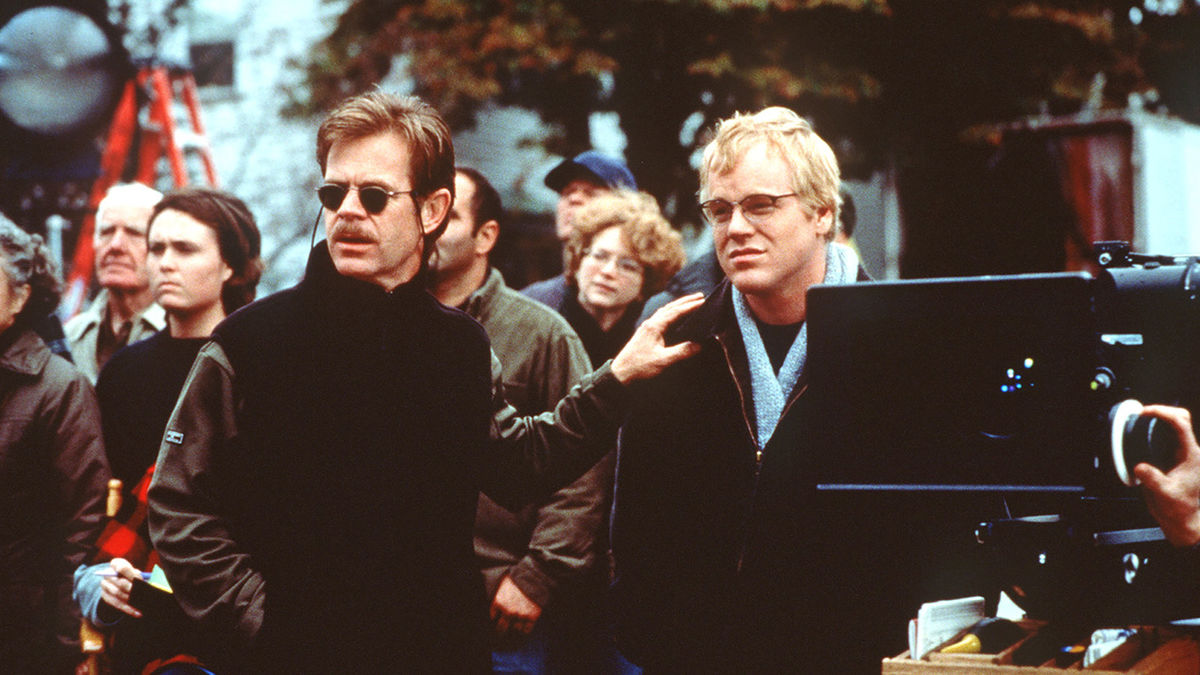
Cinematic directing is frequently (and rightfully) thought of as an essentially visual endeavor; the directors who get the most praise are the ones who can tell stories through images, who use the camera as their main convoy of narrative. And while that is unquestionably the case in such a visual medium as cinema, directing dialogue, especially highly verbose and self-consciously eloquent dialogue, is just as tricky a task – it takes a lot of effort and intelligent staging to make endless talk engaging in a movie.
David Mamet is exactly the kind of writer whose style can be gripping on stage but tiring on screen – a curse that plagues a lot of playwrights turned screenwriters, but especially him, since his dialogue is famously so rhythm and word specific. So perhaps that’s why, with very few exceptions (like “The Untouchables”), the best movies Mamet wrote are the ones he directed himself – because he can control those rhythms perfectly and make them eminently watchable.
Of the pictures he has directed, “State and Main” is about a crew of filmmakers in pre-production of a new movie who land on a quintessentially Americana small town as location for their film. There, the main players, like the director, writer, producer and star, get acquainted with the locals, each in their own way, leading to a series of events that make production hell.
Hollywood satires can sometimes feel like the most insufferable kind of inside baseball, but even though “State and Main” does feature its fair share of jabs at the industry (almost all of which are genuinely clever and funny), the movie is not exactly about that; it simply uses that setup as a foil for farce and comedy – and it succeeds magnificently at that. It’s definitely Mamet’s funniest work ever, but also one of his most tautly constructed narratives; there is masterful plotting here, with even seemingly unimportant elements coming back in interesting ways.